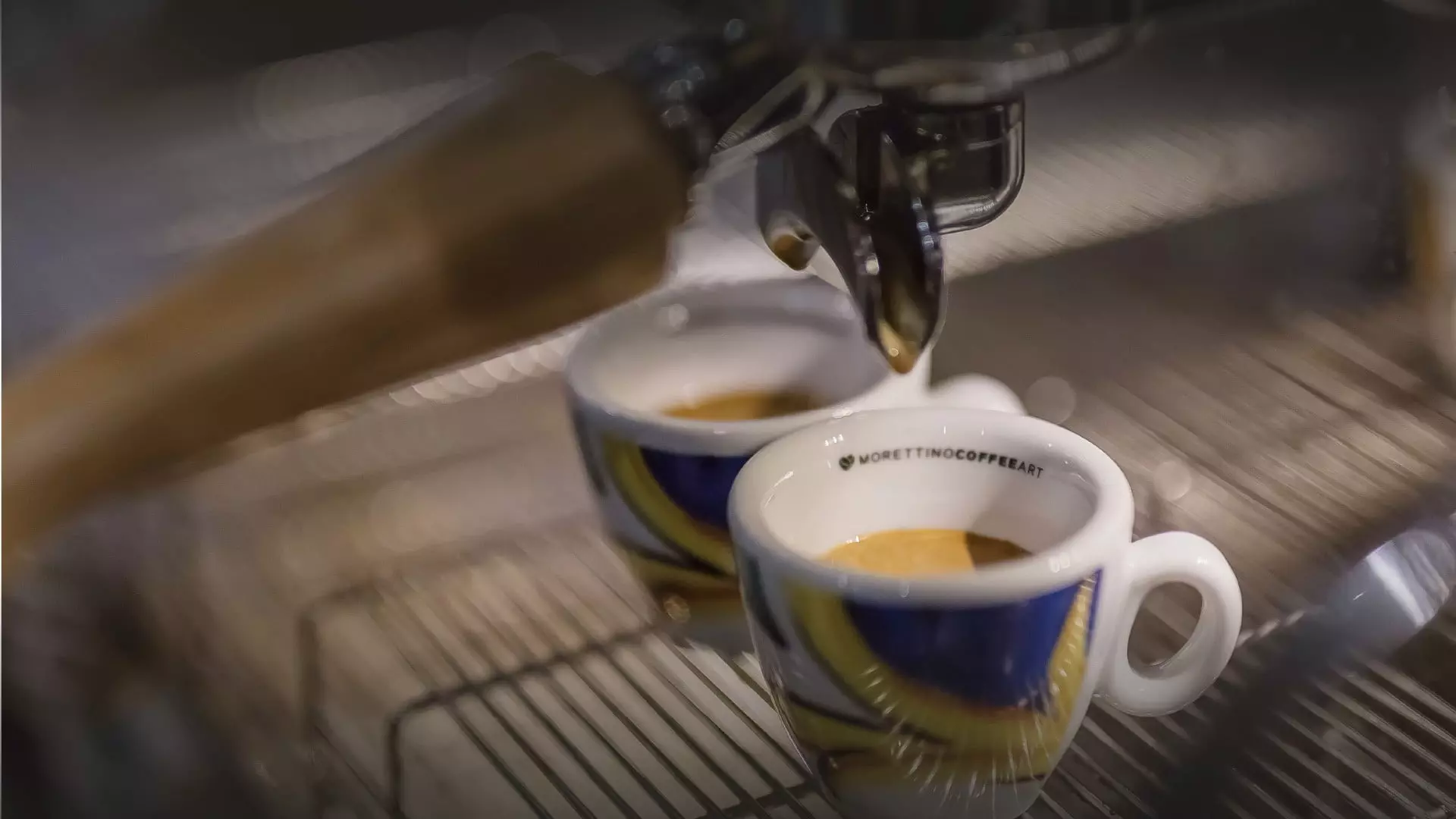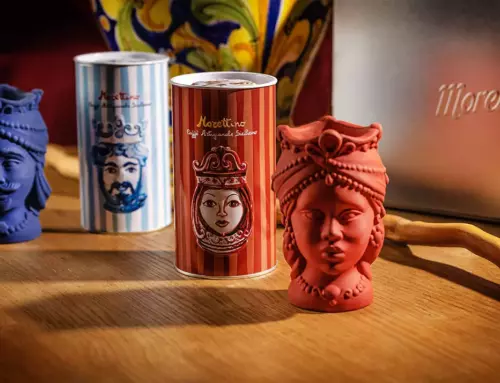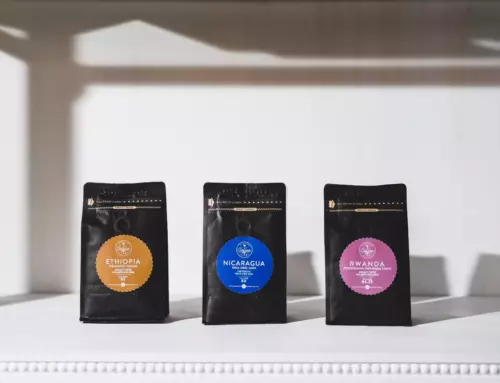A good Espresso coffee should not be drunk “a sip and go”, but should be tasted by allowing yourself the right time, tasting it as you would with a good wine.
Just as in the wine world, in fact, also in that of coffee there is the figure of the coffee Sommelier, an expert in the sector capable of recognizing the sensory characteristics, evaluating the extraction of the drink, suggesting combinations between particular types of origins and foods ( find out more about our course for coffee tasters of the Morettino coffee school).
Don’t worry, you don’t have to be a coffee sommelier to distinguish a good coffee from one of poor quality or incorrectly extracted.
In this article we will try to provide you with some useful advice to learn how to taste Espresso coffee, evaluating its strengths and its flaws and trying to recognize the main aromas.
TASTING RULES
Also in this case, as in the world of wine but also of beer and oil, there are very specific rules for tasting coffee. All the senses are involved, except hearing.
The best condition for tasting coffee in a professional way is in a context free of intrusive smells, silent, well illuminated.
The cup of coffee must be clean and hot, at a temperature of about 80 degrees, and the Espresso must be tasted natural, without adding sugar, which would completely alter the flavor.
To taste better it is also good to use a stainless steel spoon.
VIEW
The eye also wants its part. To evaluate a good Espresso, the first thing to do is to look at it. The color and consistency of the cream change according to the blend used, darker if it is made with a higher percentage of Robusta, with hazelnut hues if it is a blend or a single-origin Arabica. The color of the perfect Espresso is called Dark Brown, with tiger stripes.
The cream must be soft, uniform, dense, it must not reveal the dark liquid underneath, it must not have bubbles and it must be persistent.
Beware of urban legends: the sugar test, or judging coffee based on the time the sugar remains suspended on the surface of the cream, proves nothing and is not a parameter for judging the good taste of an Espresso.
SMELL
At this point you can mix the coffee, slowly stirring the cream with a spoon and let the aromas spread.
By approaching the nose to the cup and inhaling deeply, aromatic notes can be intercepted.
There are about 900 aromas of coffee (many more than those of wine) and derive from each of the stages that lead from the bean to the cup: from the variety to the single origins, up to the harvesting methods, passing through roasting and extraction.
In a good Espresso you can find aromas of chocolate, hazelnuts, tobacco, but also floral and fruity notes.
If, on the other hand, you notice hints of burnt, mold, wet soil, jute on the nose, you are facing a defective coffee.
TOUCH
They are the tactile sensations that are perceived by tasting the coffee. It is therefore necessary to take a sip and evaluate the body, given by the balance between oils and sugars. When there is this, it is said that the coffee is round. Once the sip has been swallowed, astringency is also felt, that is the sensation of roughness and friction between the tongue and the palate, which must not be excessive.
TASTE AND AFTERTASTE
The liquid must be evenly distributed in the mouth. The coffee must be “sucked” into the mouth, inhaling it together with air, and must be distributed over the entire palate to better perceive the aromatic notes.
The characteristics to be evaluated are many: from bitter or sweet notes (determined by roasting and variety), acidity (more evident in single origins or blends of pure Arabica) and sapidity, as well as aromatic notes.
Finally, the aftertaste – the sensation that remains in the mouth after drinking the coffee – and persistence, that is, how long the flavor remains intact after swallowing.
Also in this case, if you feel rancid, burnt or moldy sensations you will be faced with a poor quality Espresso or extracted incorrectly.





